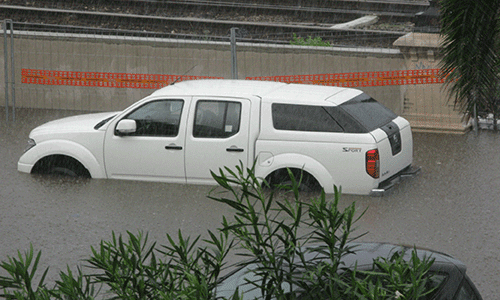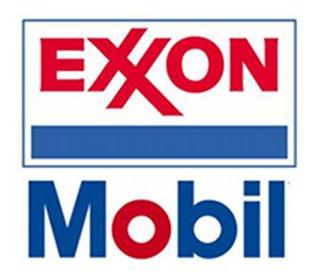By: Terri Lewis | Director, Planet Connected
As we head full into the hurricane season, an electrical vehicle (EV) might be a good option in the case of loss of power. There are many reasons why people buy EV’s in Florida; fun to drive, reduced maintenance costs, no emissions, etc. One added reason is that an EV can provide backup power in the case of power outages. After Ian, about 98% of the population of Lee County had lost power, with some lasting for days. As we all get ready for hurricane season, here are some aspects to consider for incorporating EV’s into your hurricane preparedness plan.
VEHICLE-TO-LOAD (V2L)
For EV’s, there are two important technologies to consider; vehicle-to-load (V2L) and vehicle-to-home (V2H). “Having a car that is V2L capable means that you can connect your car’s batteries to provide power to appliances, like refrigerators, freezers, fans, etc. With tens of kilowatts of power, most cars can power critical appliances for days.
VEHICLE-TO-HOME (V2H)
With a V2H capable EV it means that your car can be incorporated directly into your home’s power network. In the case of a power outage, your car’s batteries provide power to your whole home. If your home or business has the ability to generate power, as when paired with roof-top solar, your home becomes a “micro-grid” with a disconnect until the power is resumed from the utility.
For storm prep, the primary benefit is powering homes during power outages. It is not any different than a generator, except that when combined with solar, V2H EV’s can help reduce your utility bill every day, storing solar energy during the day to be used during the night. Generators are only used when the power is out. When comparing the financial investment in a car, the average car usage is ~ 10% of the time, sitting 90% of the time parked. EV’s with V2H aren’t then used just during a storm, or just to and from work, but all the time.
Utility companies are also becoming interested in V2H, especially as working with customers, the available stored energy helps them manage demand peaks, reducing the investments needed, especially in areas with growing populations like Florida.
DRAWBACKS
Limited Availability—V2L and V2H technology is still new. If you ask your local car salesperson, they tend to look at you like you’re speaking another language. Almost all automotive companies have plans for V2L/V2H, and many have a few models. GM is probably the automotive company currently with the largest variety of available models. Many trucks, like Ford F150, Rivian, and others have V2L available to provide power on worksites. Best to do your homework online before car shopping.
Costs—Chargers for V2L are the same as for a regular EV with options available online or from big box stores like Costco at approximately $600-800. Bidirectional chargers, which are required for V2H, are more expensive and may require additional electrical equipment, such as a smart meter or a home energy management system. The utility and local permitting rules vary, so best to consult a licensed installer/electrician.
TRENDS
Price Reductions—While EV sales have slowed recently, they are becoming more common, and prices, especially for used EVs, are coming down. With the growing interest in V2H, investments are generating innovations that improve efficiencies. One very interesting technological advance is V2H systems that automatically optimize energy usage based on demand and availability.
Utilities/Government/Business Interest—For utilities like FP&L, the availability of V2H basically expands the grid, without them needing to invest. This extra energy helps them manage the demand and improve efficiencies during peak periods, relieving resources needed to manage outages. Schools are seeing the benefits of V2H with school bus fleets as a significant power source in the case of an outage, especially when schools are designated shelters. Any other business with large fleets of vehicles is leveraging the investments as a power source for their operations or part of their resiliency plans.
SUMMARY
EVs with V2L and V2H technology can help Increase energy resilience during power outages. They are a power option for hurricane preparedness. The V2H technology helps to reduce emissions. When combined with rooftop solar, it helps integrate renewable energy into the grid and helps utilities manage the grid more efficiently during power outages.
Terri Lewis, BSEE, MBA, is Director of Planet Connected, an Industrial Technology Consulting organization based in Fort Myers. She is currently pursuing a Master’s of Science in Civil Engineering—Smart Cities from the University of Central Florida.








